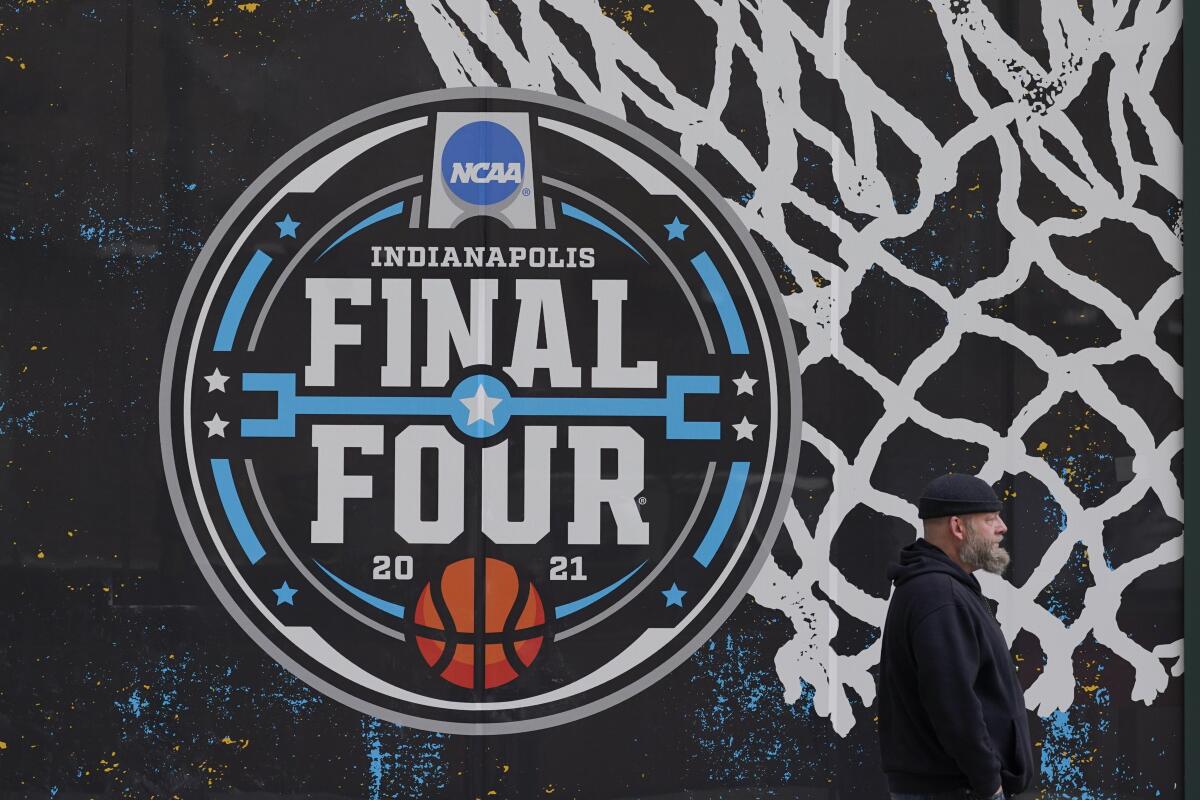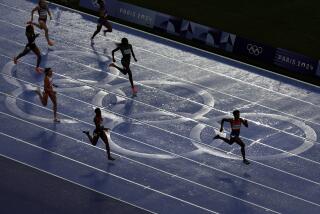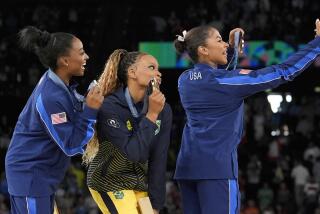Oregonâs Sedona Prince highlights the gender inequality on display in NCAA weight rooms

As teams settled into their San Antonio bubble life for the NCAA womenâs basketball tournament that begins Sunday, personnel found themselves shocked by the lack of a legitimate weight room for players â especially compared with the elaborate menâs tournament weight room setup in Indianapolis.
Oregonâs Sedona Prince highlighted the gross discrepancies between the two weight rooms in a Tik Tok video she posted to Twitter on Thursday.
Prince wasnât the only one who noticed. Ali Kershner, the sports performance coach for No. 1 Stanford, posted a photo to her Instagram (@kershner.ali) of the menâs setup (which appears to have everything a team could want and spans the equivalent of a convention center ballroom) and the womenâs (which looks like something youâd find at a hotel gym).
âNot usually one for this type of post but this deserves attention,â Kershner posted.
She then tagged the NCAA Instagram accounts and said, âThis needs to be addressed. These women want and deserve to be given the same opportunities. Not only that â 3 weeks in a bubble and no access to dumbbells above 30s until the sweet 16? In a year defined by a fight for equality this is a chance to have a conversation and get better.â
When former Oregon star Sabrina Ionescu got wind of the disparity, she tweeted, âThought this was a joke. WTF is this?!? To all the women playing in the @marchmadness tournament, keep grinding!â
Many others voiced their disapproval.
The NCAA did not refute Kershnerâs comparison.
âWe acknowledge that some of the amenities teams would typically have access to have not been as available inside the controlled environment,â NCAA vice president Lynn Holzman said. âIn part, this is due to the limited space and the original plan was to expand the workout area once additional space was available later in the tournament. However, we want to be responsive to the needs of our participating teams, and we are actively working to enhance existing resources at practice courts, including additional weight training equipment.â
Cori Close, coach of the No. 3 seed UCLA Bruins, said none of this came as a surprise to her.
âWeâre not blown away by this,â Close said. âItâs just that itâs way more public. We got work to do. We try to live in â I call it the healthy tension â of being really grateful for how far weâve come. In my 28-year career, to see how women are treated in the NCAA tournament now compared to [when] I was playing or when I started coaching, itâs come a long way. I want to celebrate that.
âAt the same time, I want to be really honest. I want to be relentlessly flighting for the change that is still needed. These women are elite athletes. Mastering their craft at the highest level.â
UCLA star Michaela Onyenwere agreed with her coachâs perspective.
âWhen I saw the photos, I was shocked but not surprised because being a female athlete, that is just the reality,â Onyenwere said. âIt was just a little disheartening because from the NCAA what was communicated to us was we really werenât as valued as the male athletes in the discrepancies from the weight room, the swag bag and the food. It just reaffirmed to me that itâs the world weâre living in as female athletes.â
The menâs tournament hasnât fielded any public complaints about the weight room, but itâs been an eventful start in Indianapolis, too.
Players spanning 15 teams launched a protest Wednesday under the hashtag #NotNCAAProperty with the hopes of getting the NCAA to change its rules regarding name, image and likeness.
More to Read
Go beyond the scoreboard
Get the latest on L.A.'s teams in the daily Sports Report newsletter.
You may occasionally receive promotional content from the Los Angeles Times.










